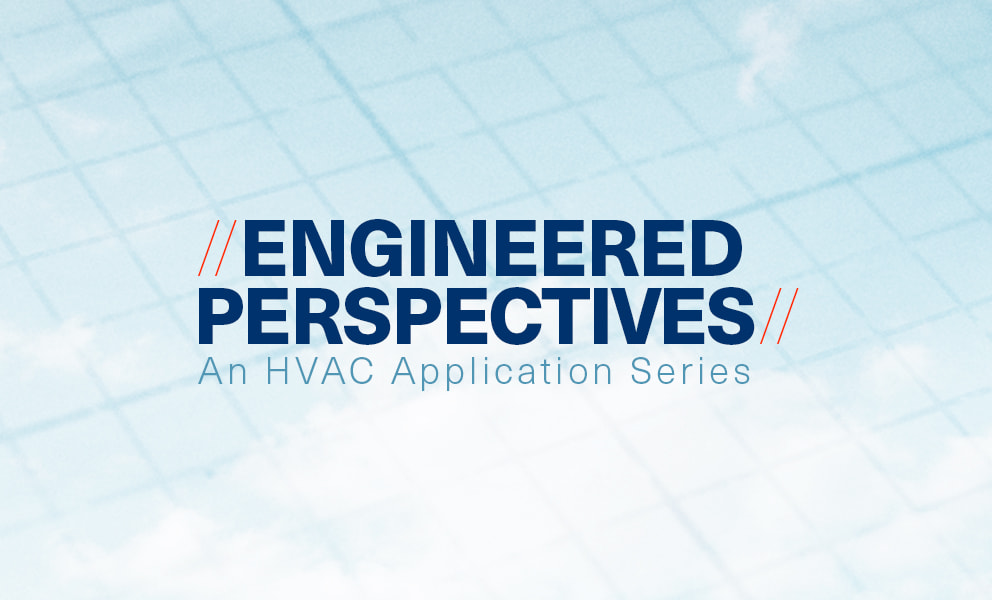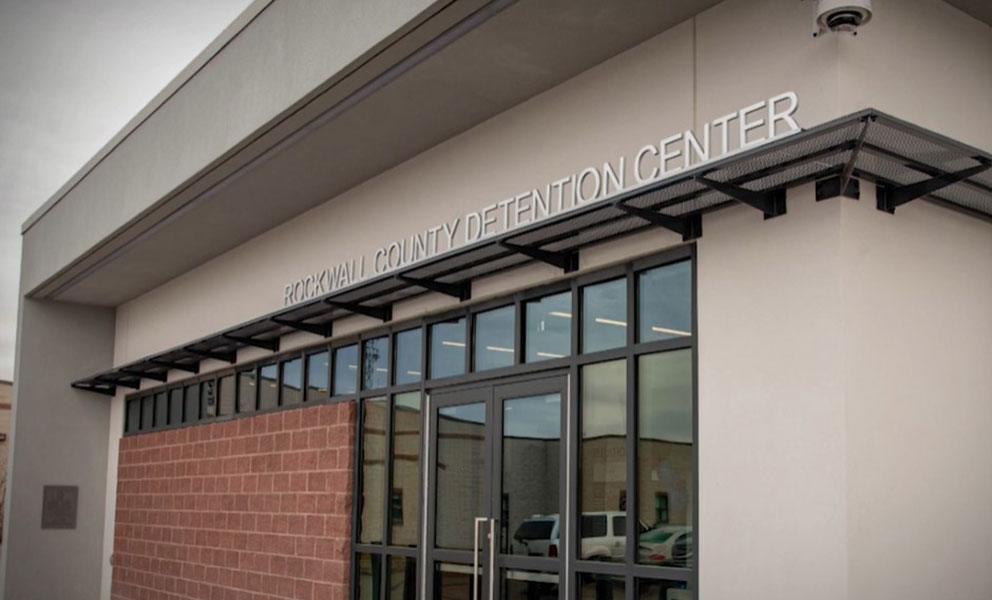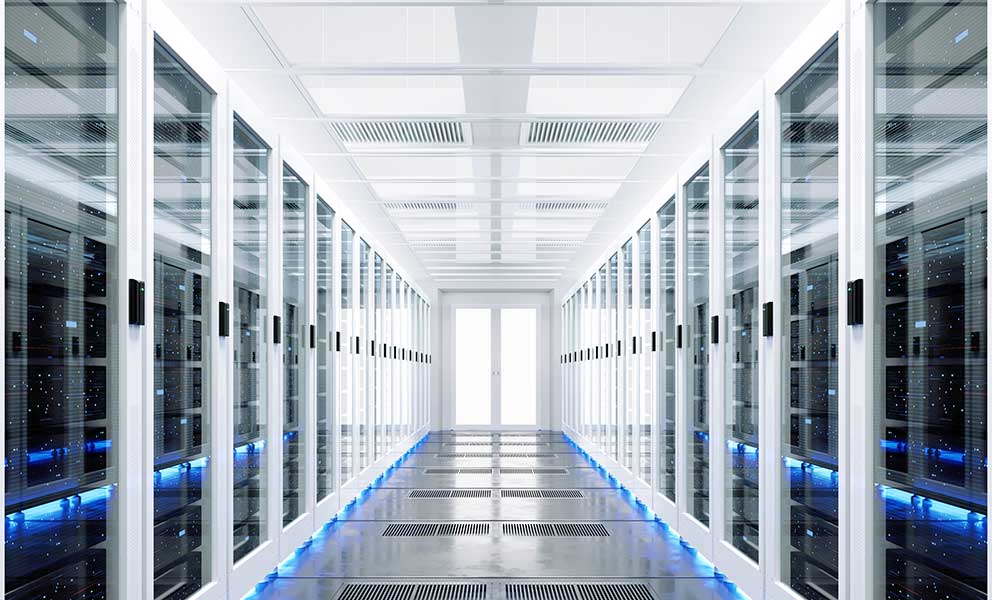Your data center’s HVAC system can be leveraged for more than just critical cooling. When viewed holistically, it's a strategic asset with the potential to help enhance growth, profitability and corporate responsibility initiatives. Trane can be your trusted advisor and advocate, offering guidance from the initial stages of your data center's development through its operational lifetime. Here's how we can work together to unlock its full potential.
We’re improving how data centers are developed.
Access to power will remain the number one challenge for data centers seeking to expand. We can help you negotiate a favorable agreement with the energy utility. Presenting a sustainability plan that highlights how you've minimized stranded capacity in your current operations, along with how you’ll utilize renewable energy sources in your new facility, can go a long way toward getting a green light.
Trane Energy Services can help you develop a plan for your new data center that includes strategies for reducing demand on the utility.
Peak Load Shaving
- Thermal Energy Storage (TES): This technology allows building owners to save cold or heat and use it later—essentially acting as a “battery” that charges and discharges on demand. Instead of using chemicals to store electrical energy like typical batteries, TES uses water in large tanks to store thermal energy. TES can be installed in new construction or retrofitted with a chiller plant replacement in your current building.
- Mechanical Energy Storage (MES): Pumped hydropower storage relies on water and gravity to create energy. The water is pumped to a storage reservoir at the top of the slope, then released and passed through a turbine to create energy during peak loads.
Green Energy Use
- The energy stored in a thermal or mechanical energy storage system can be created from renewable sources such as wind or solar. Studies show that thermal energy storage increases the utilization of renewable energy by up to 50%1.
Efficient Building Systems
- Advanced Equipment: Trane’s energy-efficient equipment and state-of-the-art controls enable improved performance. Updated lighting options and low-GWP refrigerants to help minimize direct greenhouse gas emissions that also cause inefficiencies.
- Waste Heat Reuse: One of the most efficient ways to heat a building is to recover waste heat from other systems and reuse it to heat the building. An estimated 20 to 50% of industrial energy input is lost as waste heat2.
Guidance on Financial Incentives
- Trane experts are well versed in the many financial incentives that could greatly reduce your investment in a new data center. We can help you navigate the grants, loans, tax incentives and utility rebates that may be available to you.
We’re improving how data centers are designed.
Power-hungry technologies such as AI require high-density CPUs/GPUs, so rack densities are increasing, running hotter than ever before. As a result, many data centers are adopting advanced cooling technologies or seeking a path toward greater cooling capacity in the future. Trane can aid you in designing a cooling system that aligns with your operational requirements and future roadmap.
- Liquid Immersion: We’ll help you implement the type of liquid cooling that best suits your needs
- Direct-to-Chip (DTC)
- Single-Phase Immersion Cooling
- Dual-Phase Immersion Cooling
- Hybrid Air/Liquid Cooling: A transitional or long-term system that uses liquid cooling combined with an HVAC system’s chiller-cooled air
- Motorized Impeller Fan Array:
- Highly efficient, electronically commutated motor (ECM)
- Up to 15 fans in an array
- Redundant design enables continuous performance
- Compact footprint suitable for retrofits
- Chillers:
- Comprehensive portfolio of air-cooled, water-cooled and modular options
- Next-generation refrigerants, free cooling and heat recovery options
- Very high energy efficiency
- Low sound level operation
- Available multipipe systems for simultaneous heating and cooling
We’re improving how data centers are operated.
Facing a tight labor market, many data centers are making do with fewer personnel. Trane can help take the responsibility for cooling systems off your facility engineer’s shoulders with equipment and services that improve your HVAC system’s performance.
- Controls transform how systems interact with each other, and how people interact with equipment
- Leading-edge building controls that can reduce energy consumption in commercial buildings by up to 40%3
- Integrated sensors, controls, zone sensors and thermostats, and power and energy meters
- Offers decreased energy use while helping to increase efficiency through optimization
- Connected Mechanical Service for improved reliability and efficiency
- Remote monitoring with data and analytics capabilities
- Proactive check-ins to maximize uptime and efficiency
- Diagnostic reporting with reports and service recommendations that reveal any issues
- Refrigerant monitoring to help ensure regulatory compliance and optimal performance
No matter which lifecycle stage your data center is in, Trane can help you take the right steps on your journey. We’ll help you discover how your HVAC system can become more than just a physical asset—it can be a valuable business asset as well.



































































































